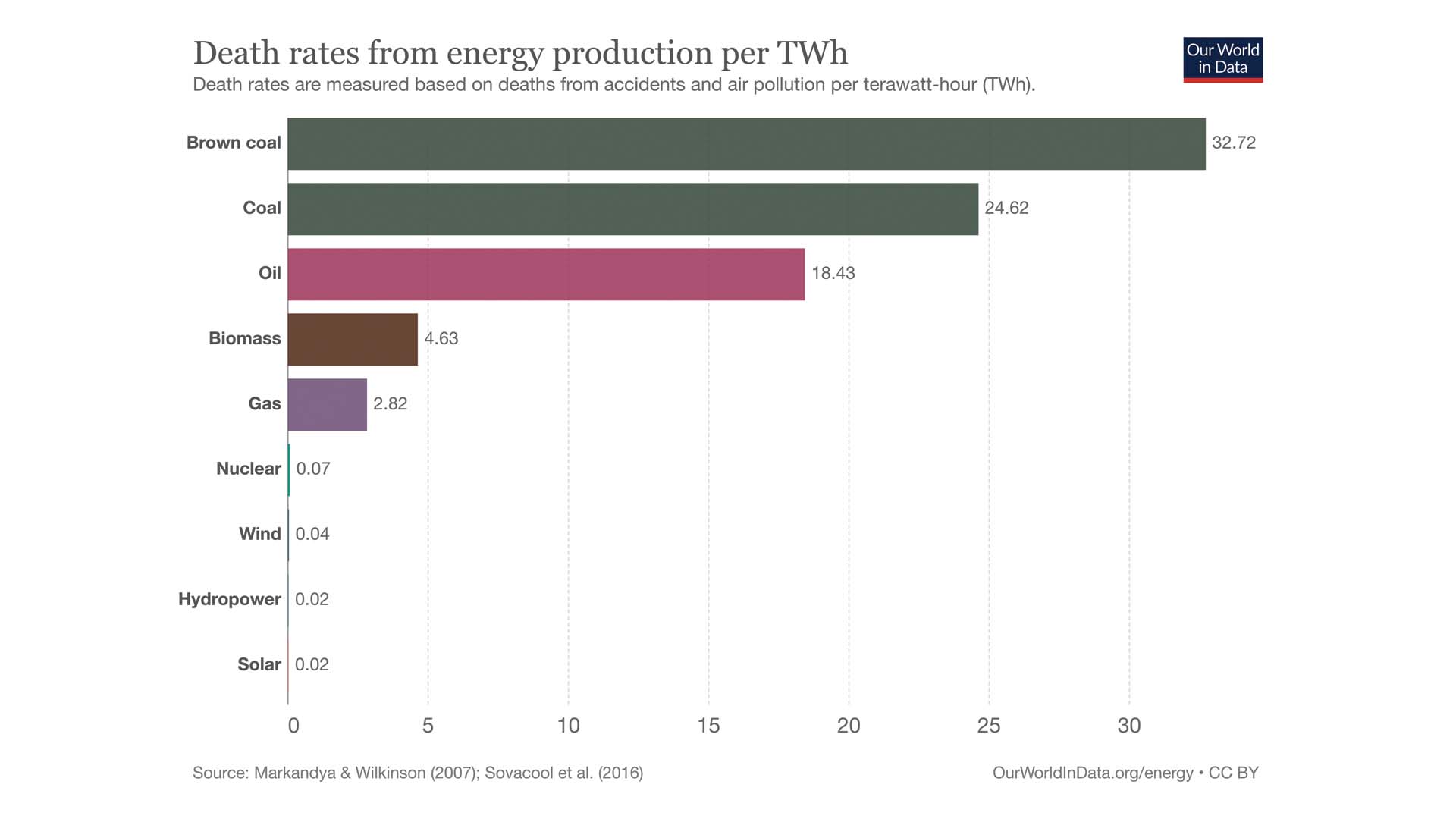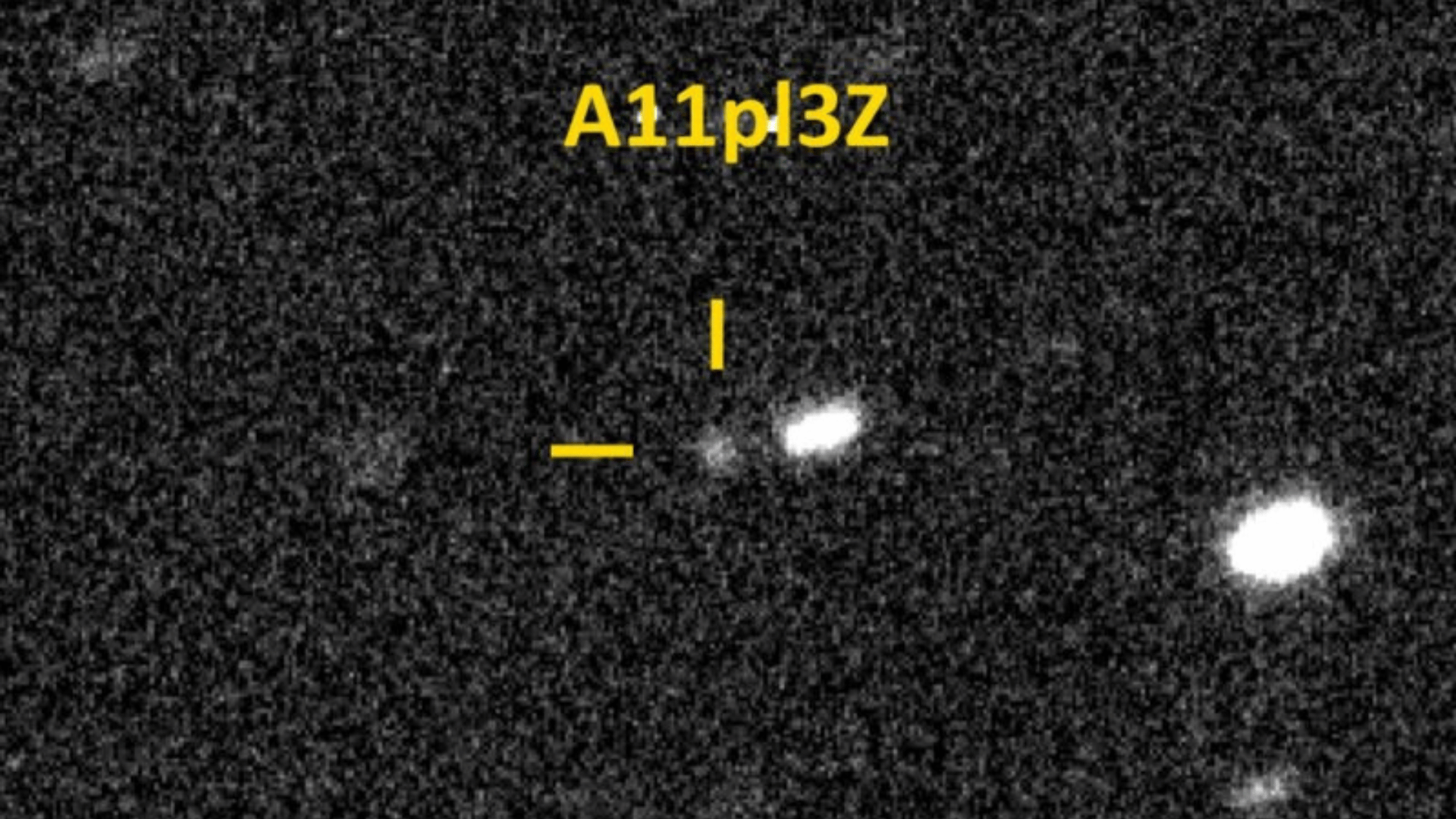Decades of operating experience show that carbon-free nuclear energy from reactors is one of the safest forms of power generation. A Washington Post article from April 2011 finds that “History suggests that nuclear power rarely kills and causes little illness…Making electricity from nuclear power turns out to be far less damaging to human health than making it from coal, oil, or even clean-burning natural gas, according to numerous analyses. That’s even more true if the predicted effects of climate change are thrown in.”
The same is still true today. Nevertheless, nuclear scientists and engineers continuously work to enhance nuclear safety with the goal of reducing or eliminating altogether the consequences of nuclear accidents. For starters, nuclear engineers developed advanced safety features that are built into the design of new nuclear reactors and have been retrofitted to today’s light-water reactor fleet. These include advanced fuels and materials designed to reduce the chance of a meltdown.

Passively safe systems through the laws of physics
Current and future reactor designs take safety even further by using new technologies based on the laws of physics.
Called “passive safety systems,” these technologies typically require no power source and eliminate the need for human or computer intervention in the case of an accident. By contrast, early commercial reactor designs usually relied on “active safety systems” that require power to operate, such as a valve or a pump that brings coolant into the reactor. Many of today’s light water reactors were designed or retrofitted with passive safety features.
One example of a passive safety system is a molten salt reactor equipped with a freeze plug. If the reactor temperature rises too high, the freeze plug melts and drains molten salt into a separate tank, quickly cooling the system.
Many advanced reactor designs also rely on another law of physics, natural convection, to circulate and cool reactor coolant. While coolant systems that use natural convection aren’t necessarily considered safety systems, per se, these passive systems add an additional layer of safety because they serve as a bulwark against power outages, mechanical issues, and other failures that might cripple an active coolant system.
Inherently safe materials add layers of protection
Like passive safety, inherent safety systems rely on physics—in this case, the properties of certain materials—to provide additional layers of protection.
For example, some new reactor designs use tiny fuel particles encased in layers of carbon- and ceramic-based materials that prevent the release of radioactive fission products. These fuels can withstand extreme temperatures without melting down.
Further, inherently safe advanced nuclear reactor designs that rely on so-called “fast neutrons” to sustain fission negate the need for some types of safety features since they have inherent safety built into the design. For example, since fast reactors operate at near atmospheric pressure, expensive containment domes, reinforced pipes and other high-pressure infrastructure are often rendered unnecessary.
These advantages aren’t just theoretical. Researchers and reactor companies have already demonstrated many of these technologies and are constantly testing new fuels and materials for use in reactors. Passive and inherently safe technologies ensure that both today’s and tomorrow’s nuclear reactors will provide carbon-free energy efficiently and safely.
Read more about nuclear energy HERE, or stream Tomorrow’s World Today’s four-part exploration of nuclear energy on Science Channel GO and Discovery GO!







